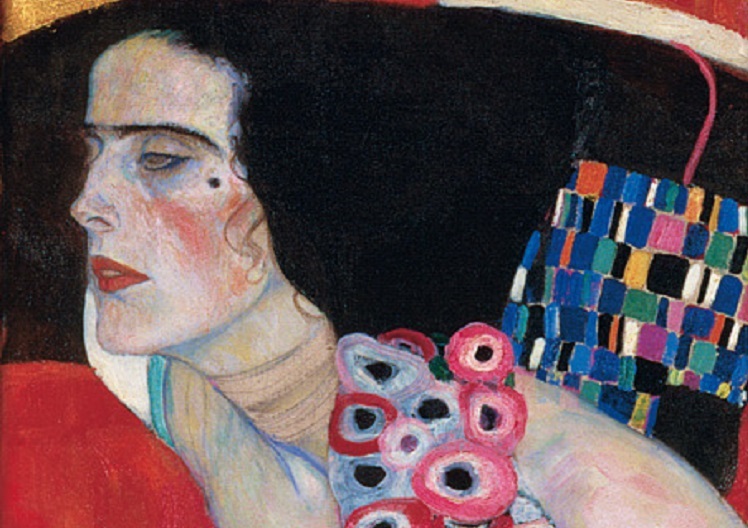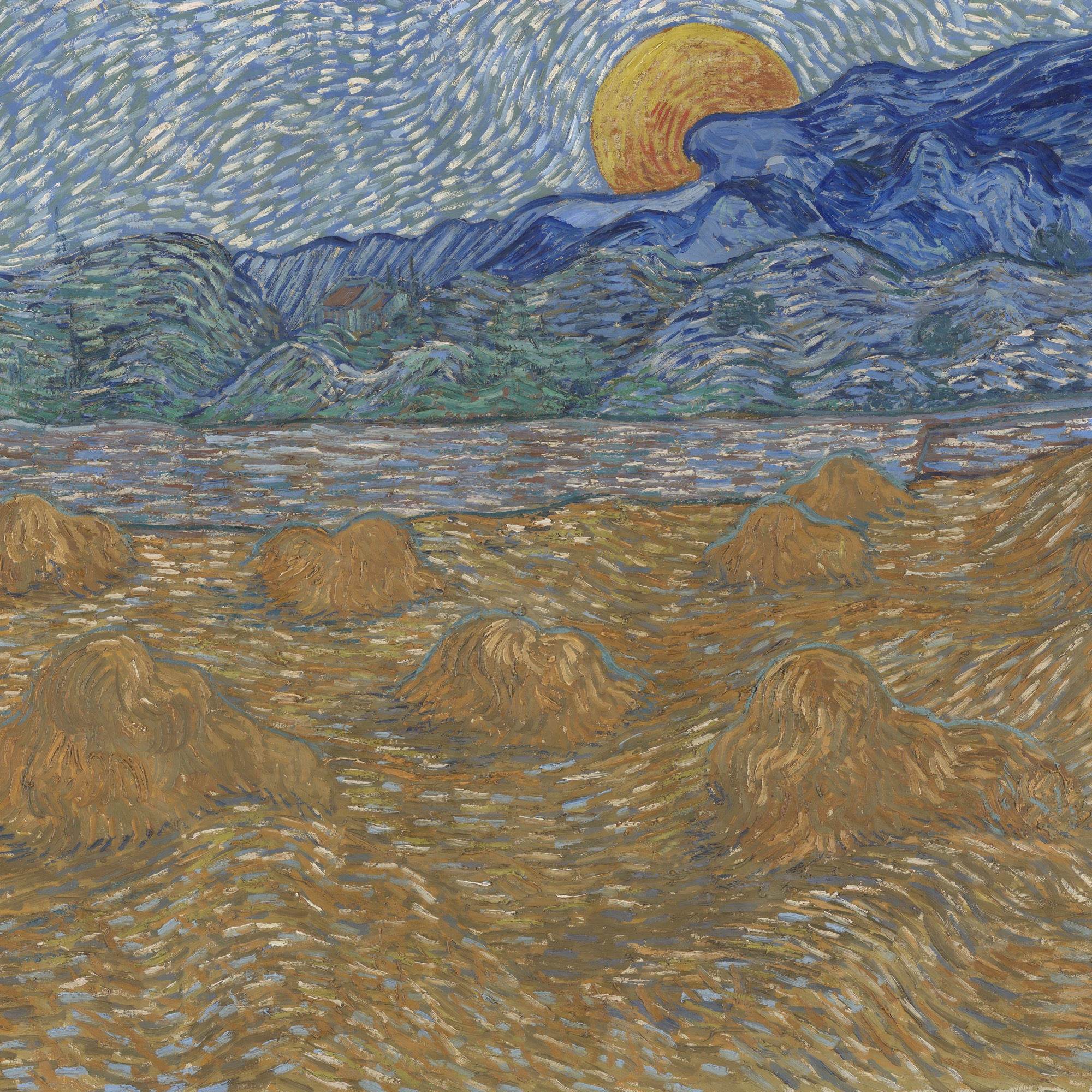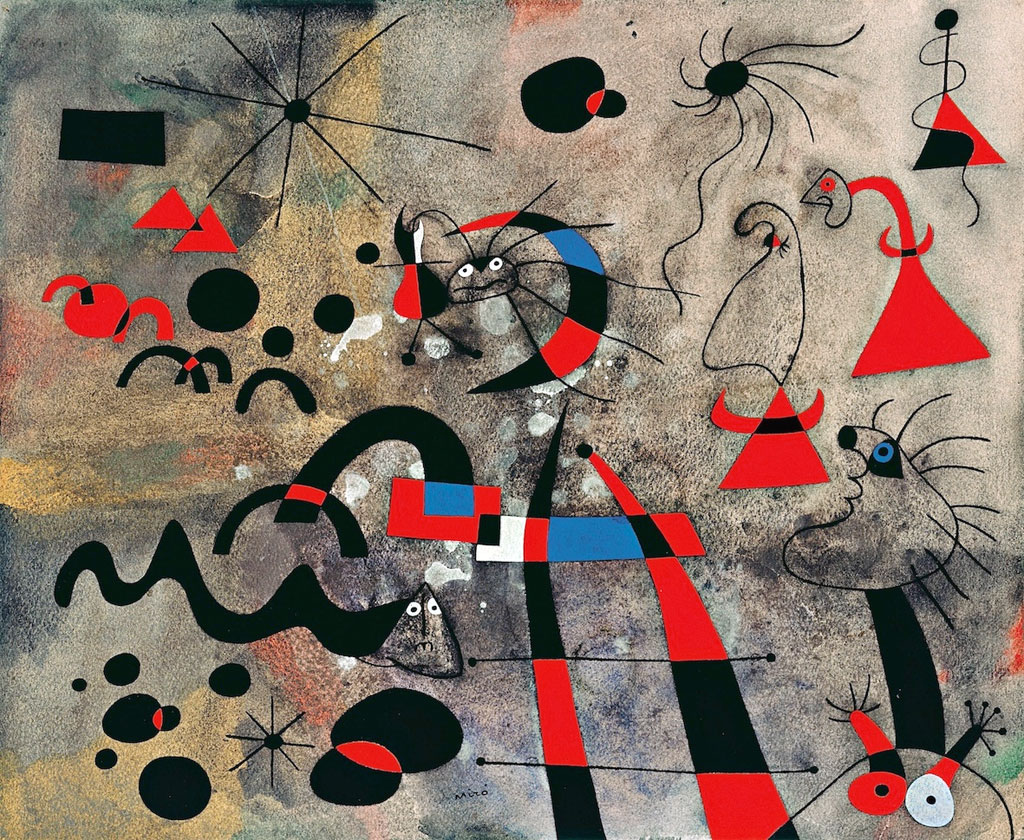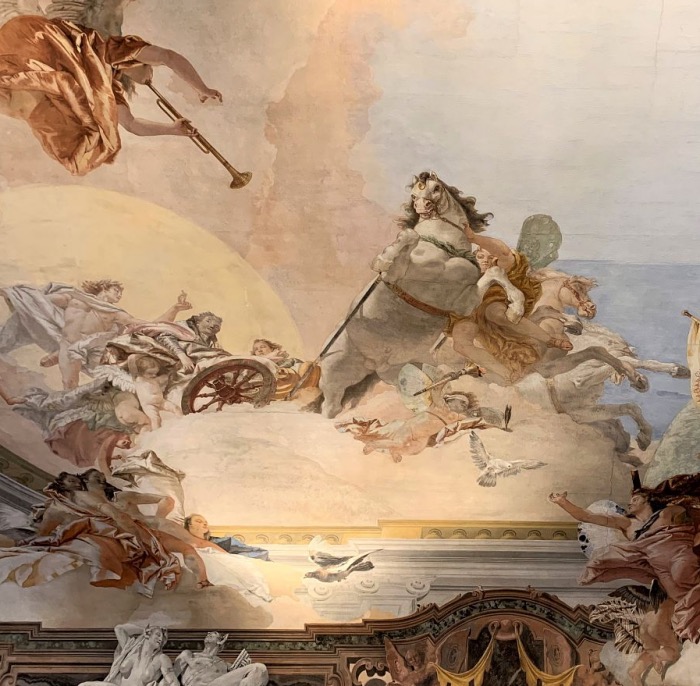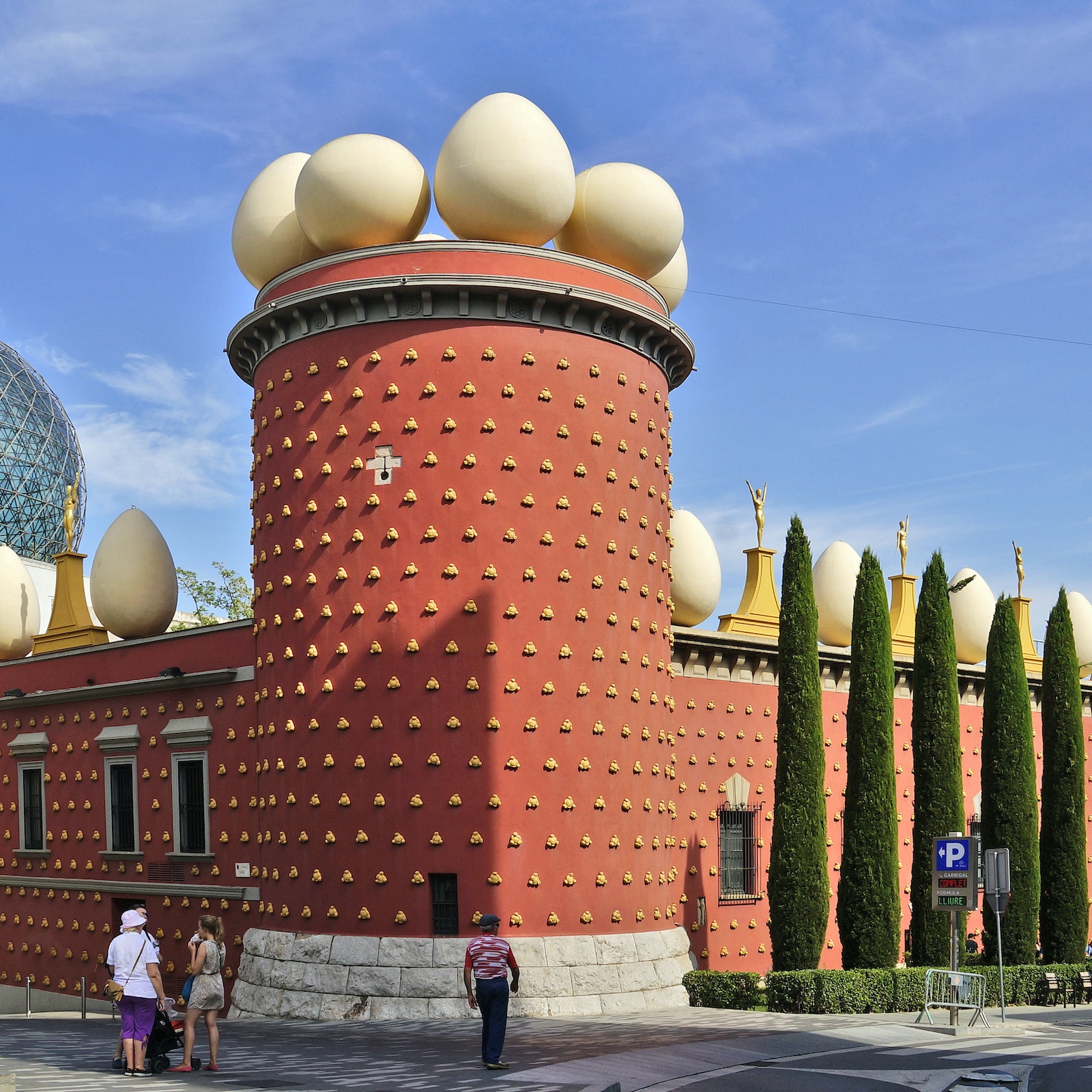
Catalonia is the Spanish region that is the birthplace of Salvador Dalí, one of the most eclectic and innovative artists of the 20th century and the father of Surrealism. Figueres, the town where he was born; Port Lligat, where he lived for more than 30 years; and Púbol, where the castle he gave to his beloved wife Gala is located, make up the so-called ‘Dalí Triangle’. The theatre-museum, the house-museum and the castle were conceived by the artist himself, who lived in all three, and still today they are a concentrate of Surrealist thought and art and a testimony to Dalí’s incredible world.


